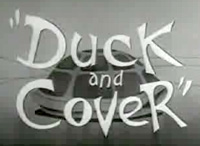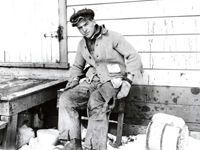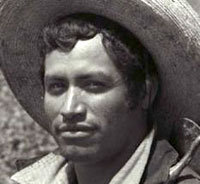The National Postal Museum is a Smithsonian museum dedicated to sharing the United States' mail communications history.
In the days of e-mail, facebook, Skype, and AOL messaging, the "snail mail" may seem obsolete to many of your students, short of receiving orders purchased online. However, if you can get them to consider what it may have been like to wait weeks, months, or years for the tiniest bits of information from another place, you will be appealing to their historical imagination.
Luckily for those not near DC, the postal museum has a strong online presence, so you don't have to visit to reap the benefits of the institution's offerings. For example, the site offers more than 15 online exhibits, ranging in topic from experimental delivery of mail by missile or stamp art to original war letters or the postal clerks aboard the Titanic. The museum's physical exhibits are also highlighted online, displaying major artifacts and primary sources from the Washington, DC, exhibits. These cover the early mail system, mail and the expanding population, postal transportation, personal communications, and stamps.
Similar resources include an Object of the Month feature and the online collections database, which can conveniently be divided into stamps and other postal artifacts.
The museum provides more than nine free curriculum guides, one of which is even designed for use specifically in ESL (English as a Second Language) classrooms.
Other resources easily adaptable to class activities are a "how to" guide for stamp collecting and a site on stamps from ancestral homelands. The latter encourages users to share their own family and stamp stories. Consider asking students to find a stamp from one of their ancestral countries in the collections, and to discover how the image on it relates to that country's history and to that of the U.S.
Other options worth your time include the museum's videos, state-by-state contact information for postal history experts, finding guides for specific collections, online games, and a feature for creating your own stationary.
Of course, if you live in the DC area, you might be able to take your students on a field trip. The museum also offers a library, if your interest is piqued.



